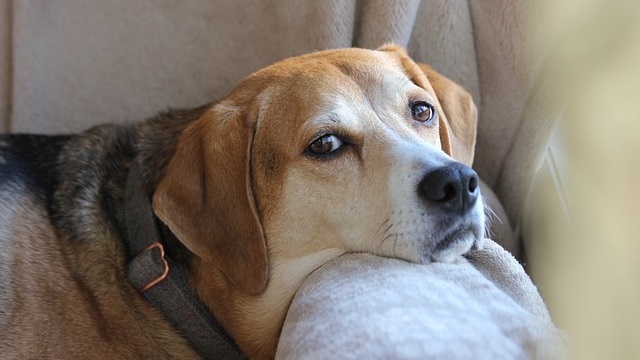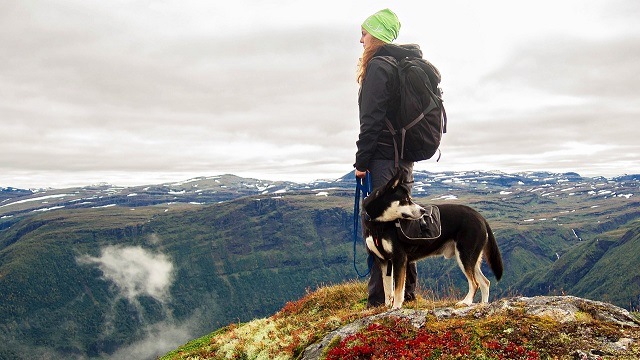How To Stop A Dog From Jumping On People
Have you been wondering how to stop a dog from jumping on people? We’ve got all the answers, tips and training tricks for you right here!
- Dogs often jump on people due to excitement, playfulness, or greeting behavior.
- Training involves teaching dogs to greet calmly and rewarding alternative behaviors.
- Consistency is crucial; everyone in the household should support the training efforts.
Why Do Dogs Jump On People?
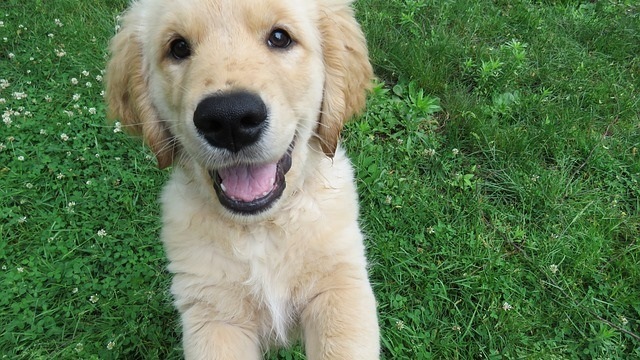
Dogs may jump on people for a variety of reasons, but it is often a sign of excitement, playfulness, or greeting behavior. However, this behavior is not always a pleasant experience for the person on the receiving end, particularly if the dog is quite large!
Here are some reasons why dogs may jump on people:
- Greeting behavior
Dogs are social animals and use body language to communicate with one another, and they will attempt to do the same with humans. Jumping can be a way for a dog to get closer to a person’s face, which is where they can smell and gather information about the person.
- Playfulness
Jumping can be an indication that a dog wants to play. Dogs often play by jumping on each other, so they may do the same thing with people.
- Seeking attention
If a dog feels ignored or left out, they may jump up to try to get the person’s attention.
- Lack of training
When a dog has not been taught to greet people calmly, they may resort to jumping as their default behavior.
How To Stop A Dog From Jumping On People
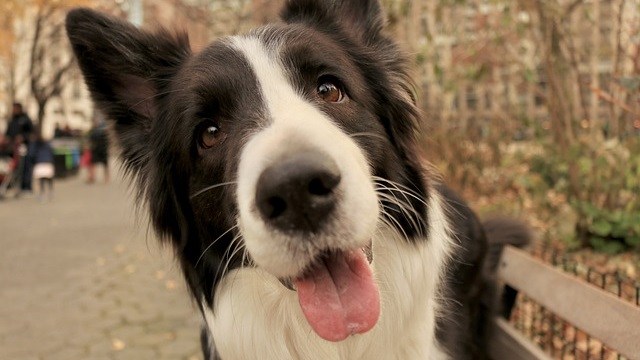
It might be fun when your little puppy jumps on people, but when they turn into a dog weighing 30kg or more this behavior can become quite dangerous!
The key to breaking the cycle of dogs jumping on people is to ignore the behavior and provide an alternative way for your dog to express its emotions. This involves training your dog to greet people calmly and teaching them alternative behaviors, such as sitting or offering a paw, that can be rewarded with attention and affection.
When your dog jumps on you or someone else, avoid giving them attention or any form of physical contact. Stand still with your arms crossed, look away from your dog, and wait for them to calm down before giving them any attention.
Teach your dog to sit or offer a paw on command and reward them for doing so. This will give your dog an alternative behavior to jumping when they greet people.
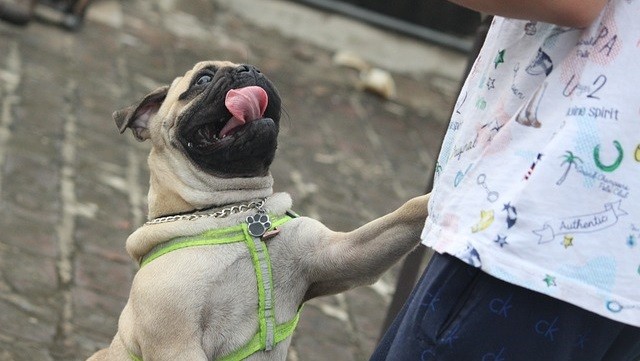
Breaking the cycle of jumping can also involve socializing your dog. This will help your dog learn how to interact with people and other animals outside of the home environment.
Take your dog to training classes, dog parks, and other social events to help them learn how to greet people in a calm and friendly manner. It may be necessary to keep your dog on a short leash initially, helping you to reinforce commands to sit or stay if your dog becomes overexcited.
Whenever your dog greets someone without jumping, reward them with treats, praise, and attention. This will reinforce positive behavior and encourage your dog to continue to greet people calmly. Make sure everyone in your household is on board with this new training regime, as consistency is key when training your dog.
How To Train A Puppy Not To Jump Up At People
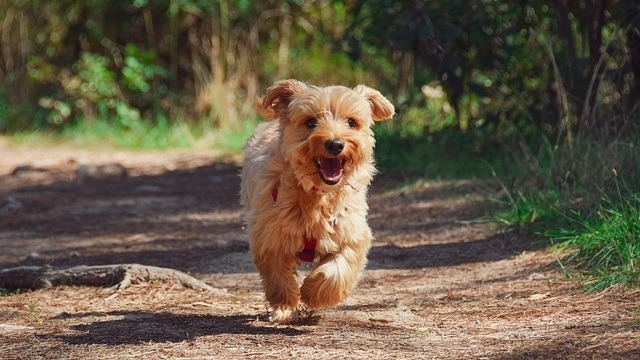
To prevent a dog from jumping on people, it is important to provide proper training and socialization from an early age. A bit of rough and tumble with a cute puppy can be irresistible, but it then becomes hard to break this cycle as your dog grows older.
Never encourage a puppy to jump up at people; if it does jump up or paw your legs to get attention, it is vital not to give in to the temptation to rub your puppy on the head. Instead, give a command such as ‘sit’ or ‘down’, and only give your pooch a reward once it follows this command.
Boisterous and overly aggressive jumping problems may require a veterinarian behaviourist to step in. If you need any help understanding or dealing with your dog’s behavior, Maven’s vet team is here to lend you a hand!
Maven Pet focuses on improving the quality of life of our pets with technology, using artificial intelligence (AI) to enable proactive pet care. By accurately collecting and monitoring pet data 24/7 and flagging any irregularities, Maven Pet empowers pet parents and veterinarians to stay ahead of potential health issues, ensuring the well-being and longevity of our beloved companions.


